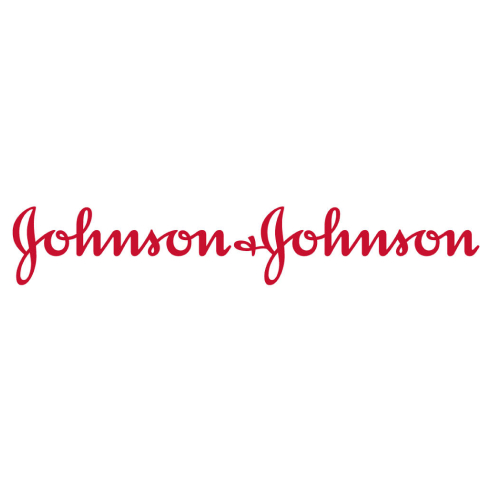
Synchrony
A new brand builds culture and internal awareness with its brand center.
Goodbye Edison. Hello Synchrony.
Jeff Armstrong thought he would retire with GE Capital when the news broke: The multinational conglomerate was spinning off its most profitable division, retail banking, into a new brand called Synchrony Financial. He faced a gargantuan task: How do you replace 80 years’ worth of brand equity to drive brand engagement and tell a story that comes close to competing with one whose origin starts with the invention of the light bulb?
“I was a little fearful that employees would be reluctant to embrace a new brand because the loyalty to GE was so strong,” said Armstrong, Vice President of Corporate Branding and Creative Director at Synchrony Financial.
Back to basics
If you’ve ever experienced a rebrand, you know the demand for information and resources is endless—especially as pressure builds toward launch. Synchrony teams needed all the new-brand basics: business cards, logo files and PowerPoint templates.
Operating almost as a one-man show since brand had always been managed at the parent/GE level, Armstrong anticipated a huge demand for these resources leading up to and right after launch. He also had to effectively disseminate information and gain buy-in.
“We needed an engaging way to communicate our go-forward brand to 15,000 employees,” said Armstrong. “We wanted to make people part of crafting the new look and feel and give them the tools to embrace the new brand.”


A secure place to grow the brand
Having worked with Monigle’s BEAM (Brand Engagement and Asset Management) platform at GE, Armstrong was familiar with the capability of a comprehensive brand site to accomplish his goals of engaging everyone around the new brand.
“We wanted to make sure people understood and were informed on the new brand,” said Armstrong. “I thought a brand site would be a great resource that is easy to access and filled with information and assets.”
With a deadline to have the new brand center up and running three months ahead of launch, the team got to work—defining and creating content and assets, building the proper architecture and optimizing user experience. They named the site Brand Vault, a name that ties into Synchrony’s business and reinforces the idea of a resource to safely store brand valuables.
When the new Synchrony brand officially launched, employees received access to Brand Vault with all of the key content, assets and resources to sustain the brand.
“We launched it day one and it’s never let up,” said Armstrong. “It’s amazing.”

Connecting brand with culture
But what about Synchrony employees’ loyalty to GE?
“Fortunately, the culture of our corner of GE was even stronger than our parent’s,” said Armstrong. “I quickly learned the loyalty wasn’t just for GE. It was a deep loyalty to the individuals they worked with and the leaders in our own business unit.”
Employees realized those elements weren’t going to change, so Synchrony’s culture was on firm footing. Armstrong worked with HR leaders to make a direct connection between the brand and the company’s new Purpose and Values.
“Convincing people to buy in is huge. Our brand isn’t just about our colors and our logo; our brand is our purpose,” said Armstrong. “Making sure everyone understands that is paramount.”

Content and design to keep ’em coming back
Designed as an employee engagement tool to serve the entire workforce, 85 percent of Synchrony’s 15,000 associates have used Brand Vault—and counting.
“The metrics are mind-blowing,” said Armstrong. “A year and a half in, we’re still getting 300 new first-time employee users a month and those aren’t all new hires.”
Those numbers also aren’t all from the marketing team, either. Users log on from across the company to engage with all aspects of the brand, from getting involved with Synchrony’s Diversity Network to referencing writing guidelines.
New content and a user-friendly interface keep people coming back. The site stays fresh thanks to continual updates that reflect the latest brand resources and stories. Brand Vault’s design reflects how people across the company want to interact with the brand most; one example is the PowerPoint wizard, which features as a top-level navigation to enable users to customize presentations with just a few clicks.


Sustaining through self-service
After only a few hours of training, Armstrong and a handful of administrators were able to use the CMS intuitively. As reporting and analytics show usage and trends, the team is able to continually make updates to optimize the experience and meet demand. As a result, users can confidently self-serve with the latest content.
“Brand Vault has become a self-service site, not just for brand assets, but also for understanding what our brand is about,” said Armstrong. “A moment never goes by when I don’t have the site up because I’m using it.”
With Brand Vault, it’s possible for one person to manage brand for 15,000 people. And Armstrong still has bigger aspirations.

#1 private-label credit card provider
Synchrony owns more than 40 percent of the private label credit card market, providing cards for such brands as Amazon, Lowe’s and Cathay Pacific.


10.5% growth
More than two years after Brand Vault’s launch, unique visitors to the site continue to grow appreciably year-over-year.
50,543 downloads
Icons are the most commonly downloaded type of asset from Brand Vault, accounting for 58 percent of downloads during a 12-month period.
15,000 employees
Brand Vault serves as the brand hub for Synchrony’s vast workforce, some 85 percent of which have used the platform.


For more information about how BEAM (Brand Engagement and Asset Management) is powering brand governance at Synchrony and other organizations, click below.


